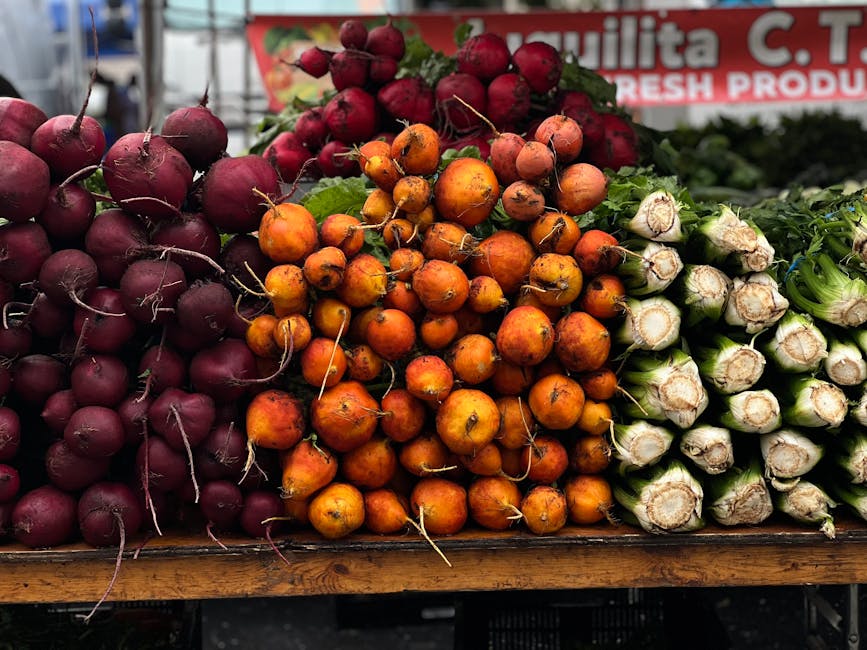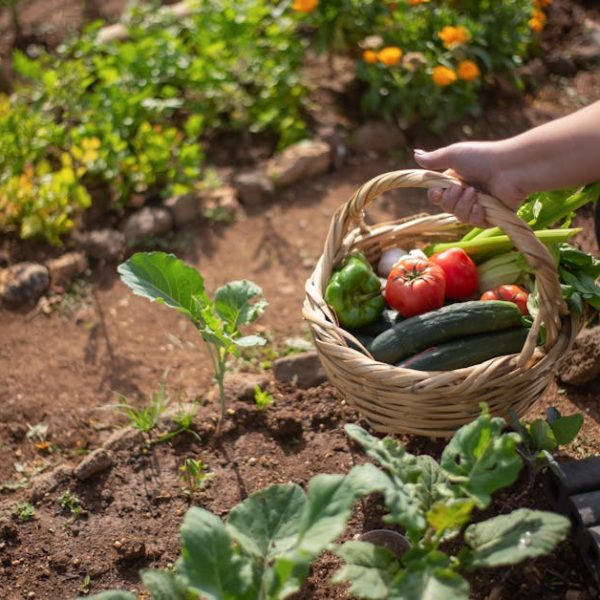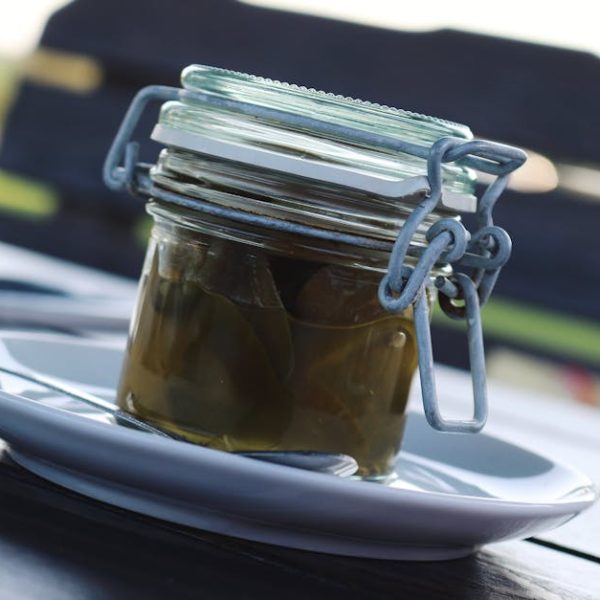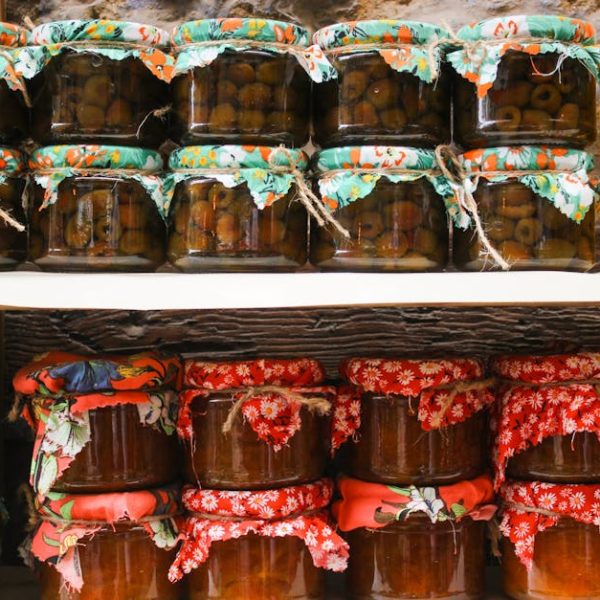As a root vegetable, beets are incredibly versatile and also a rich source of essential vitamins and nutrients. Canning beets at home not only extends their shelf life but also lends a great flavor, making them perfect for salads, sides, and even main dishes. Canning is simple and a great way to preserve the harvest of a fruitful season.
First, the beets selection process is crucial. For the best pick, fresh, medium-sized beets are most suitable for canning. They should be firm and heavy for their size, with a round shape and a vibrant, dark-red hue without any spots or blemishes.
Canning beets has several advantages such as a longer shelf life, a healthier alternative to store-bought canned goods, and a cost-effective method to preserve seasonal produce. The necessary materials include a canner (pressure or water bath), mason jars with lids and bands, a jar lifter, fresh beets, and your choice of spices or vinegar for pickling.
Method One: Pressure Canning Beets
Pressure canning is an efficient and popular method for canning beets. This method heats the jars and their contents to a higher temperature than boiling water, necessary for safely preserving low-acid foods such as beets.
**Step by Step Guide**
- Start by washing, peeling, and slicing the beets into uniform sizes.
- Pack beets tightly into sterilized jars.
- Pour boiling water over the beets in the jars, leaving space at the top.
- Wipe the jar rims and seal tightly with lids and bands.
- Process in a pressure canner according to the manufacturer’s directions.
**Pro Tips**
- Always allow the pressure canner to cool down naturally before you remove the jars.
- Use a jar lifter to remove the hot jars safely from the pressure canner.
Method Two: Water Bath Canning Beets
Water bath canning is a simple and cost-effective method. High-acid foods can be safely canned with this method, and by adding vinegar to beets, you can raise the acidity level for safe water bath canning.
**Step by Step Guide**
- Prepare beets as outlined in the pressure canning guide.
- Pack the beets in jars and cover with a brine made from water and vinegar.
- Wipe the jar rims, and seal with lids and bands.
- Process jars in a water bath canner for the necessary time (consult a canning guide for specifics).
**Pros and Cons**
- Pros: Easier and cheaper than pressure canning, safer for high-acid foods.
- Cons: More time-consuming, not safe for low-acid foods unless vinegar is added.
Method Three: Pickling Beets
Pickling beets is a fantastic way to change up the flavors and enjoy a tangy twist on your canned beets. This preservation method involves using a pickling solution often made from vinegar, sugar, and spices. Pickled beets are excellent in salads, sides, or even as a snack.
**Step by Step Guide**
- Wash, peel, and slice beets. Boil until tender.
- Meanwhile, prepare a pickling solution by combining vinegar, sugar, and your chosen spices.
- Pack cooked beets into jars and pour in the pickling solution, ensuring beets are fully covered.
- Wipe the rims of the jars, and secure with lids and bands.
- Process in a water bath canner as per instructions.
**Best Practices**
- Always ensure your jars, lids, and bands are sterile before use.
- Tailor your pickling solution to your taste. Common flavors include cloves, cinnamon, or mustard seeds.
Tips to Store and Use Canned Beets
Properly stored, canned beets can last up to a year in a cool, dark place. It’s essential to check that the seal on the jars remains undisturbed throughout their storage. Every time you use a jar, inspect it for signs of spoilage such as a bulging lid or an off smell.
**Checklist**
- Store in a cool, dark place.
- Check the seal regularly.
- Inspect for signs of spoilage before using.
**Quick Recipes**
- **Canned Beet Salad:** A simple yet delicious salad can be made by draining canned beets and combining with shredded carrot, sliced cucumber, olive oil, and vinegar dressing.
- **Pickled Beet Bruschetta:** Top toasted bread with goat cheese, arugula, and slices of pickled beets for an exquisite, easy-to-prepare snack or appetizer.
Canning beets may require some time and effort, but the fantastic, home-preserved beets you end up with are worth it. Plus, you will have the satisfaction of knowing exactly how they were prepared, with no additives or preservatives commonly found in store-bought canned goods.
Key Takeaway:
- Choosing fresh, vibrant, medium-sized beets assures the best taste and results in canning.
- Pressure canning is an efficient method for preserving beets due to their low acidity, ensuring safety and longer shelf life.
- Water bath canning is simpler and cost-effective but works best when vinegar is added to raise the acidity level in the beets.
- Pickling beets bring a tangy twist to the taste and can be adjusted according to personal preferences.
- Proper storage in a cool and dark place is vital for the longevity of canned beets, they can last up to a year.
- Using canned or pickled beets in dishes like salads and bruschetta adds a refreshing and unique touch to everyday meals.
Canning beets at home is a rewarding task that gives you flavorsome and nutritious foods which are ready anytime. The methods described in this article can easily be done, assuring you great tasting canned beets with high nutritional value. Start canning today and enjoy the flavors of freshly harvested beets right at home even in off-seasons.
FAQs
Q: Can I use other varieties of beets for canning or pickling?
A: Absolutely! While the article recommends dark-red beets, any variety of beets can be effectively canned or pickled. Feel free to experiment with different varieties for a range of flavors.
Q: Are there any alternatives to a canner for beet preserving?
A: Yes, a large stockpot with a rack at the bottom can be used for water bath canning if you do not have a canner. However, it’s crucial to ensure the jars don’t touch the pot’s bottom.
Q: Can canned beets be frozen to extend their shelf life?
A: While freezing can extend the shelf life of many foods, canned goods typically do not require freezing for preservation. Once canned properly, beets can last up to a year without needing extra freezing.
Q: How do I know if my canned beets have spoiled?
A: Discoloration, a bulging lid, or an abnormal smell are telltale signs that your canned goods have spoiled. Always inspect the jar before consuming its contents.
Q: Can I reuse the mason jars and lids for canning?
A: While the mason jars can be reused following proper cleaning and sterilizing, it’s recommended to use new lids each time to ensure an airtight seal for safe preservation.
Please do share this article and explore more posts on our website to widen your knowledge on preserving foods at home, canning procedures and more!






